How to distinguish fake and real Hamon?

How to distinguish fake and real Hamon?
Before answering this question, you have to figure out what is the Hamon. Hamon is that wavy line on the cutting edge of a katana. Traditionally, this wavy effect is achieved by differential hardening. The differentiation that is seen is actually the result of a gradation resulting from the heating and quenching of the blade and its geometry. This is the process where the blade is quenched so that the edge is harder than the spine or body of the blade. The spine of the blade is coated with a clay mixture, then heated and quenched. The thick clay coating on the spine acts like an insulator and causes the coated portion of the blade to cool more slowly (the slower the cooling, the softer the steel).
Click Here to view How to clay temper a blade
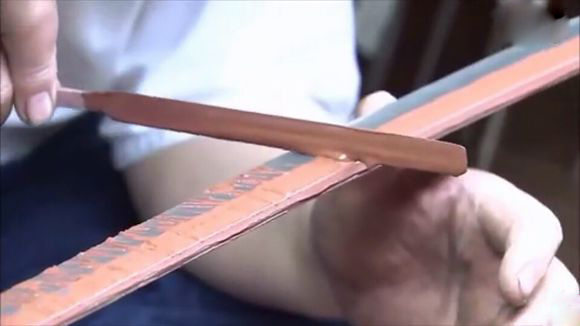
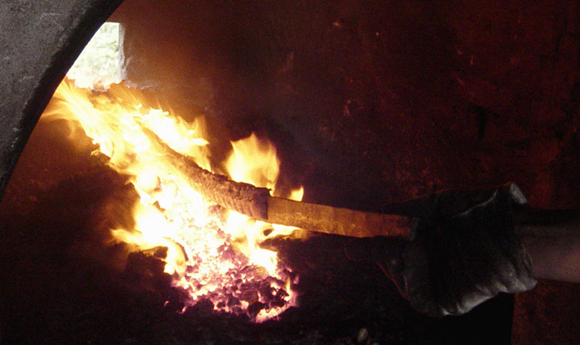
It’s actually very easy to tell them apart.
True natural hamon
The appearance of a real hamon is like an chemical etched hamon: it’s white and cloudy. But a real hamon seems to “glow” under light and the blade needs to be at a certain angle to view it. Up close, you’ll see tiny dots/specks along and between the harder martensitic steel at the blade’s edge and the rest of the blade which is the softer pearlitic steel at the center and back of the sword.
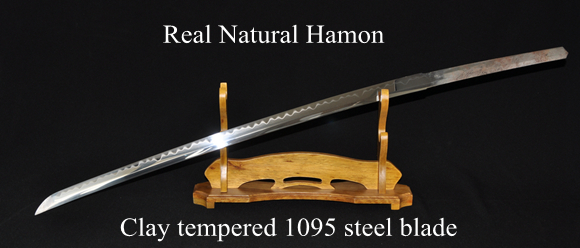
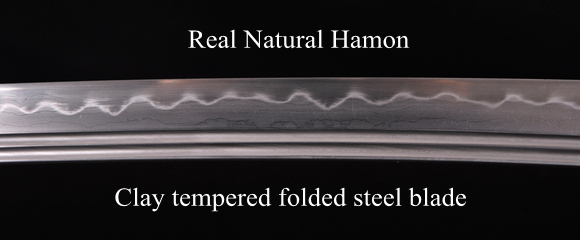
Fake hamon 1: wire brushed Hamon
Wire brushed hamon is the most common type of fake hamon. You’ll see them on cheap wall hangers, hand forged swords like our 1045, 1050, and 1060 Series, and even on Japanese made iaito. It is accomplished by using a wire brush wheel running over the surface of the metal. It is easily spotted as you can see the fine lines from brushing. Also look for a uniform pattern that repeats at intervals from use of stencil. This hamon is visible at any angle you look at it and does not need special lighting.
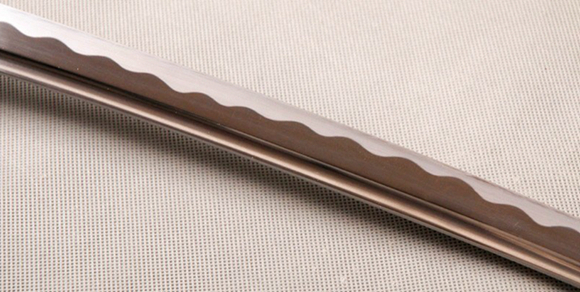
Fake hamon 2: Chemical Etched Hamon
Acid etched hamon can actually fool a beginner because it looks like a real hamon: it’s white, cloudy, and there are no scratches from wire brushing. Various chemicals including mild acid, vinegar, ferric chloride can be used to create a chemical etched hamon over non-differentially hardened blade. After which the blade is polished with a fabric buff to make the etched hamon look smooth on the surface of the steel. This looks better than a wire brushed hamon, but this fades when you clean the blade with metal polish. This hamon is visible at any angle you look at it and does not need special lighting.
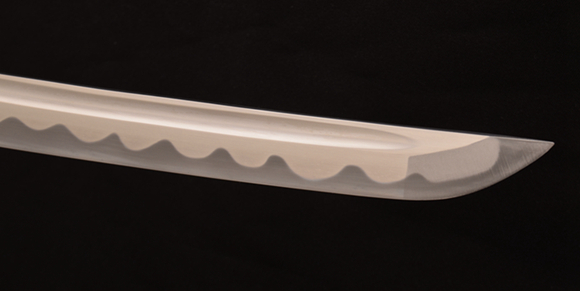

9 Comment(s)
Having seen some fighting when I was in Japan, I am still very much interested in the Katana Swords. Please send more info,
Thank you much,
Paul Rodarte
This one is Beautiful
Wife won't allow me to get :(
But man its Beautiful
https://www.hanbonforge.com/Japanese-Swords/Tanto/Green-Saya-1060-Steel-Oil-Quenched-Tanto-Sword-Full-Tang
Nice work. I am just getting into collecting swords and knives and found the article informational. Understanding how to identify a fake hamon from the real deal is crucial for me as a collector. Thank you for clarifying the differences.
I want to purchase a special sword that unbreakable and sharp as a razor. A sword of a life time. Something zi will be buried with and carry me for eternity.
Can you help?
Was sent a beautiful custom sword from Yao. Thank you, my friend. The sword is wonderfully made. I will use it in our dojo quite often in our sword classes. Looking forward to seeing more swords from you guys. Great job!
Got a 1095 play tempered this year and it's a very nice. You have to enlarge the picture to see it, but the harmon came out very well...
https://i.imgur.com/IgkG0Bw.jpeg
looking to get a 31 inch katana cutting blade with the curve and hamon and handle 13 inches with the dragon tusb.
Can you show me pictures and different styles my cell phone number is 917-747-334 thank you are happy holidays how much would it cost me are these real blades. And strong enough to cut and Sharp.
I've been working with straight razors over 20 years, and every so often I come over to the sword world to see the beauty. Your work is beautiful, truly an Art Form coming true Artists.
Can real hamon be added to carbon steel blades or only to clay tempered steel blades?
Leave a Comment